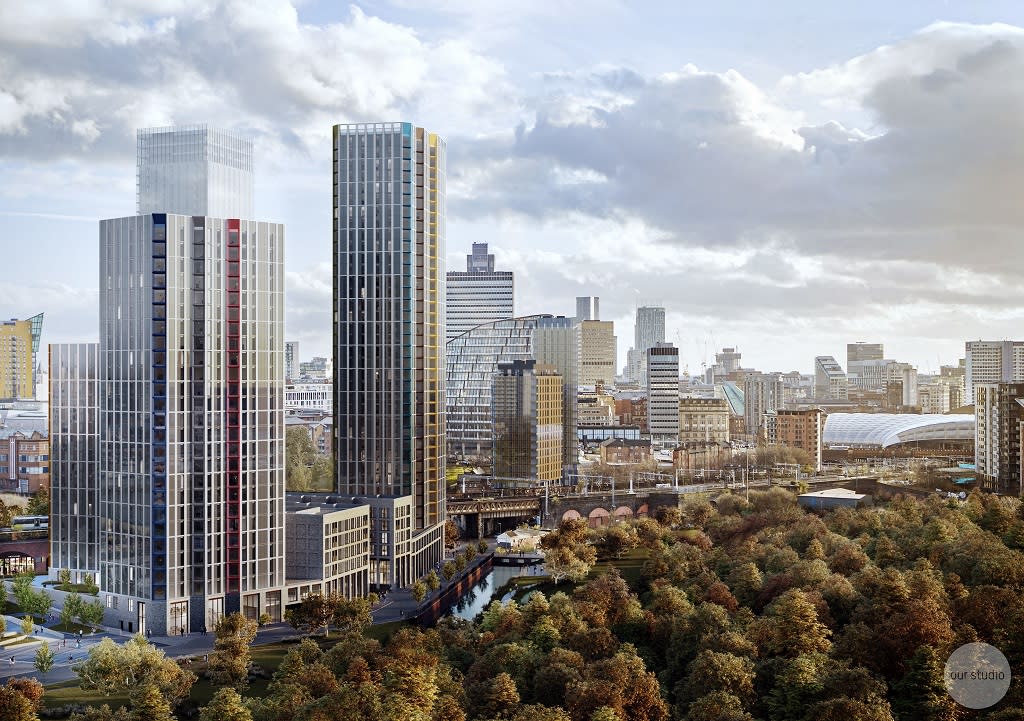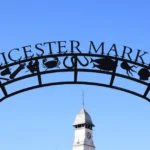Manchester, UK — 16 October 2025
The UK government has officially approved the next phase of the £250 million ‘Victoria North’ housing development, a transformative regeneration project in central Manchester that promises to deliver over 15,000 new homes across a sprawling 155-hectare site over the next two decades.
Described by local leaders as one of the most ambitious urban renewal efforts in Northern England, Victoria North aims to reshape the city’s northern corridor — spanning Collyhurst, Red Bank, and the Lower Irk Valley — into a thriving residential and commercial hub, while tackling Manchester’s ongoing housing shortage.
A Milestone for Manchester’s Regeneration Strategy
The approval, confirmed this morning by the Department for Levelling Up, Housing and Communities, marks a significant milestone in Manchester’s long-term urban strategy. The project, a joint venture between Manchester City Council and the developer Far East Consortium (FEC), is expected to create thousands of new homes, green spaces, and job opportunities.
Sir Richard Leese, leader of Manchester City Council, said the scheme “will transform the city’s northern gateway into one of the UK’s most liveable urban districts.” He added, “Victoria North isn’t just about new buildings — it’s about building sustainable communities where people can live, work, and thrive.”
Addressing Manchester’s Housing Crisis
The North West has faced an acute shortage of affordable housing in recent years, driven by rising population growth and escalating rent prices. The Victoria North project will dedicate at least 20% of new homes to affordable housing, with some phases offering up to 30% for social and shared ownership tenures.
Deborah Wills, a housing policy analyst at the University of Manchester, said the initiative could set a benchmark for other UK cities struggling with similar challenges. “What makes Victoria North stand out is its scale and inclusivity. It’s not simply about market housing — it’s about long-term sustainability and community design,” she noted.
Infrastructure and Green Development
Beyond residential buildings, the scheme will introduce 46 hectares of new parkland and public spaces, including the creation of a reimagined River Irk corridor. Plans also include improved cycling routes, flood-resilient infrastructure, and low-emission transport options.
The government has emphasised that environmental standards will be central to every phase of construction. Housing Minister Rachel Maclean described the project as a model for “green urban renewal.”
“Victoria North represents the future of British housing policy — where sustainability meets opportunity,” Maclean said. “This is how we rebuild our cities in a way that strengthens communities and protects the environment.”
Economic Boost and Job Creation
According to the city council’s economic projections, the project could inject over £4 billion into the regional economy during construction and create around 13,000 jobs across multiple sectors. Local contractors are expected to play a key role in the delivery process, with efforts to ensure apprenticeships and training programmes benefit local residents.
Greater Manchester Mayor Andy Burnham welcomed the announcement, calling it “a defining moment for Manchester’s next chapter.”
“We’ve long said that levelling up isn’t just a slogan — it’s about real investment in places that deserve it. Victoria North proves that Manchester is ready to lead the way in delivering sustainable growth and tackling the housing crisis head-on,” Burnham said.
Community Response and Concerns
While the announcement has been widely celebrated, some local groups have expressed concerns about potential gentrification and displacement.
The Collyhurst Community Alliance issued a statement urging developers to maintain strong local engagement. “We support regeneration that benefits everyone — not just investors. It’s crucial that original residents have a place in this new Manchester,” the group said.
In response, FEC’s UK managing director, Hilary Brett, reaffirmed the company’s commitment to inclusive development. “Community voices will remain at the heart of every stage. We’re not just building homes — we’re building a legacy for generations to come.”
A Vision for Manchester’s Future
Urban designers envision Victoria North as a walkable “15-minute neighbourhood,” where essential services — schools, shops, healthcare, and transport — are accessible within a short distance.
Phase One, focused on the Red Bank neighbourhood, is already underway, featuring around 1,500 homes, green terraces, and new commercial units. Future phases will extend toward Collyhurst, where heritage features will be integrated with modern housing designs.
The regeneration project aligns with Manchester’s goal to become a carbon-neutral city by 2038, with developers pledging to use renewable energy sources, high-efficiency materials, and eco-friendly construction methods.
Political and Financial Backing
Chancellor Rachel Reeves also praised the project, calling it “a practical example of the government’s mission to build Britain’s future economy.” She confirmed that £40 million from the government’s Brownfield Housing Fund has been allocated to accelerate early site preparation.
Opposition housing spokesperson Michael Gove welcomed the investment but warned that “delivery and affordability will be key tests of success.”
“The public will judge projects like Victoria North by results — whether homes are truly affordable and communities genuinely thrive,” Gove said.
Looking Ahead
Construction on the next phase is expected to begin early next year, with completion targets stretching to 2045. Once finished, Victoria North is projected to accommodate over 35,000 residents, supported by modern transport links to Manchester city centre and neighbouring boroughs.
For many, this development is more than bricks and mortar — it represents a renewed sense of identity for one of the UK’s fastest-growing cities.
As diggers prepare to roll into Red Bank and Collyhurst, Manchester stands on the brink of a new urban renaissance — one that blends history, innovation, and inclusivity in equal measure.



